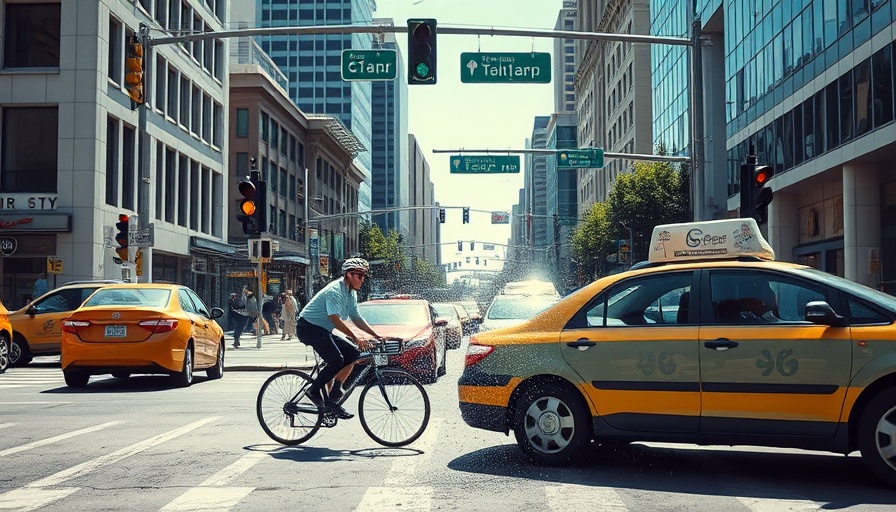
Manhattan Expands Bike Lane Network: A Dual Edge
Recent improvements in Manhattan’s cycling infrastructure have brought wider and protected bike lanes to several key avenues, signaling a push towards safer urban mobility. The NYC Department of Transportation (DOT) has completed a series of expansions, including the Sixth Avenue stretch connecting Greenwich Village to Tribeca. These enhancements are not just about creating space for cyclists; they represent a broader vision for a more equitable and eco-friendly transportation system. As Councilmember Erik Bottcher emphasizes, these projects aim to foster a balance between pedestrian safety and the growing demand for cycling in the city.
A Safe Haven or Danger Zone?
While the new bike lanes are meant to improve safety for cyclists and pedestrians alike, concerns linger about how these changes might alter the behavior of riders. With the lanes becoming wider and allowing for faster speeds, many are apprehensive about the potential increase in reckless riding. Instances of bikers ignoring traffic rules have raised alarms among residents advocating for pedestrian safety. As indicated by traffic reports, cycling accidents resulted in 30 fatalities in 2023, prompting urgent discussions about the need for stricter enforcement of traffic laws among bikers.
Balancing Growth with Responsibility: The Role of Education
As cycling continues to grow in popularity, it becomes increasingly crucial to promote a culture of responsibility among cyclists. Community boards and advocacy groups argue that educational campaigns should accompany the rollout of new infrastructure. NYC DOT’s latest upgrade represents a significant step, yet without actively addressing the irresponsible behavior exhibited by some cyclists, the risk of accidents may continue to rise.
Potential Future of Biking in NYC
Looking ahead, the ongoing expansion of bike lanes could set a precedent for other urban environments. If the city can successfully integrate bike lanes with pedestrian-friendly initiatives and enforce traffic regulations, Manhattan might not only improve cycling accessibility but can also serve as a model for cities worldwide. The latest upgrades are part of a larger narrative promoting sustainable urban transport, aligning with global trends aiming for reduced vehicle emissions and improved public health.
Concluding Thoughts: The Journey Ahead
The installation of wider bike lanes across Manhattan marks an essential milestone in the ongoing pursuit of safer streets. However, as the city embraces progress, it must also tackle the complexities that accompany these changes. Educating riders about safe practices while encouraging residents to adapt to this evolving urban landscape will be key to achieving a harmonious coexistence among all road users. The success of these initiatives depends heavily on collective responsibility—attributable to both cyclists and pedestrians alike.
 Add Row
Add Row  Add Element
Add Element 



Write A Comment